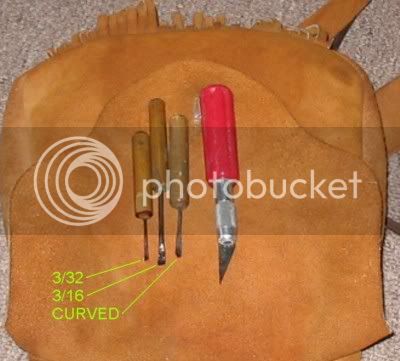Micah Clark
45 Cal.
- Joined
- Dec 9, 2010
- Messages
- 623
- Reaction score
- 3
The talk on another thread about a Chambers PA fowler brings to mind a question I have. ( Got one of those kits on order.)
The fowler trigger guards are much longer and more ornate than a rifle on the ends with an acorn or torch or other elaborate tip.
Are those decorative ends inlet?
Also how deeply is the guard inlet overall?
Hope those questions make sense ... It seems as though I've seen guards at differing depths.
Thanks !!
The fowler trigger guards are much longer and more ornate than a rifle on the ends with an acorn or torch or other elaborate tip.
Are those decorative ends inlet?
Also how deeply is the guard inlet overall?
Hope those questions make sense ... It seems as though I've seen guards at differing depths.
Thanks !!






